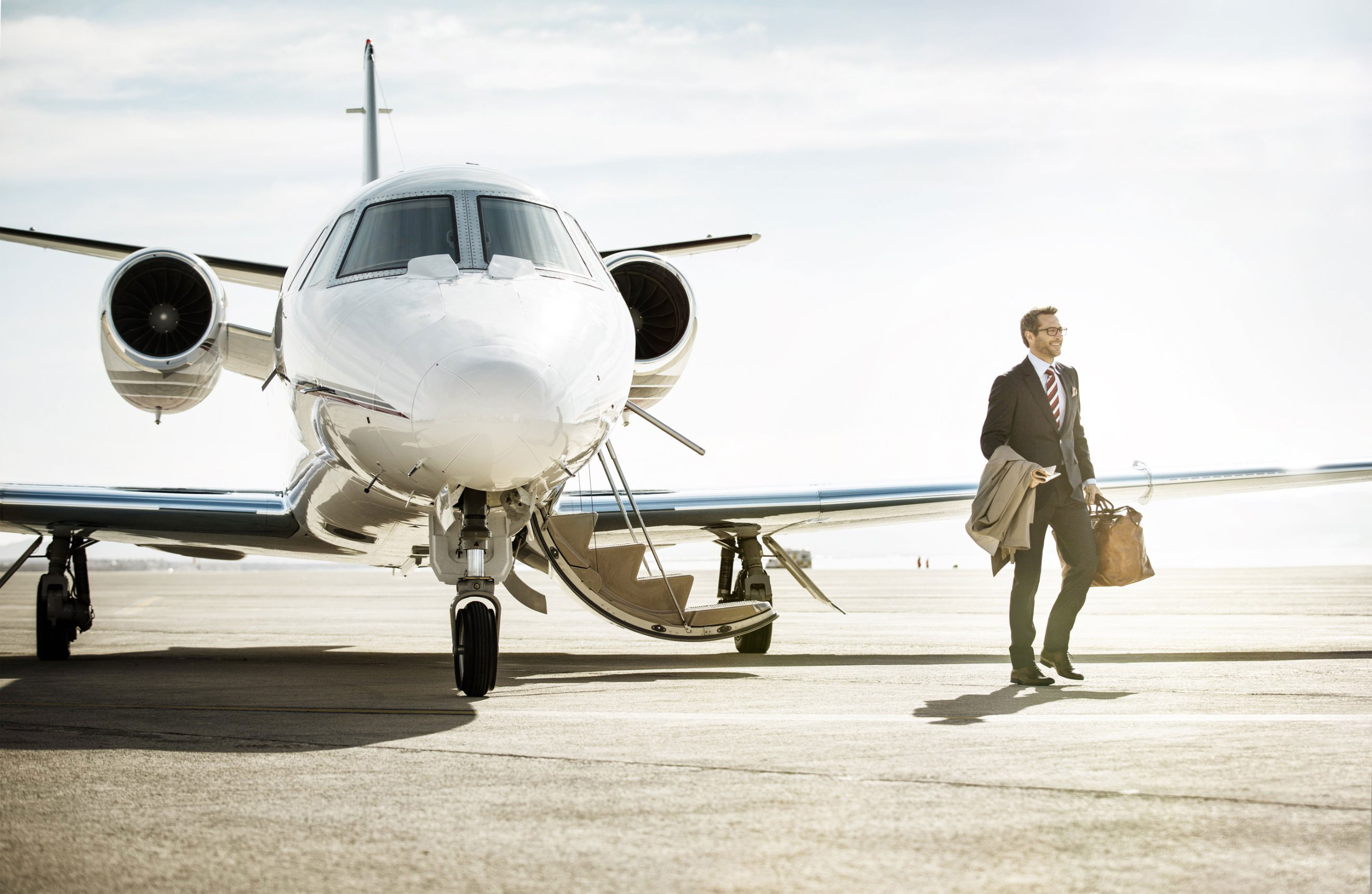In recent years, the private aviation trade has experienced a big transformation, marked by a rise in demand for private plane flights. This case research explores the factors contributing to this rise, the demographics of private flight users, the economic implications, and the future outlook of the trade.
The Evolution of Private Aviation
Traditionally, private aviation was often considered as a luxury reserved for the elite, primarily enterprise executives and excessive-net-price individuals. Nonetheless, the landscape has changed dramatically with the appearance of latest applied sciences, elevated accessibility, and a growing emphasis on convenience. The emergence of fractional possession packages, jet card memberships, and on-demand charter providers has democratized access to private flying, allowing more folks to expertise the advantages of private air travel.

Key Drivers of Demand
- Convenience and Time-Saving: Certainly one of the primary drivers of the rise in private plane flights is the convenience they provide. Private flights permit travelers to bypass long safety lines, crowded terminals, and layovers. With the power to fly on to smaller airports nearer to their closing destination, travelers can save invaluable time. For business executives, time is often equated with money, making private flights a horny option for maximizing productivity.
- Health and Safety Considerations: The COVID-19 pandemic significantly impacted the aviation trade, resulting in heightened well being and security issues amongst travelers. Many people turned to private aviation as a safer various to industrial flights, where social distancing is extra challenging. The ability to manage the setting on a private plane, from the number of passengers to the cleanliness of the cabin, has made it an appealing possibility during and after the pandemic.
- Elevated Flexibility: Private aviation affords unparalleled flexibility in scheduling. Travelers can set their very own departure times, change plans at a moment’s discover, and select their preferred routes. This level of control is particularly advantageous for enterprise travelers who may have to regulate their itineraries steadily.
- Technological Advancements: The private aviation sector has benefited from developments in technology, together with improved booking platforms, enhanced in-flight providers, and extra efficient aircraft. Companies like VistaJet and NetJets have invested in user-friendly apps that streamline the booking process, making it easier for customers to arrange flights on short notice.
Demographics of Private Flight Users
The demographics of private flight customers have advanced, reflecting broader societal adjustments. Whereas enterprise executives and wealthy individuals stay a major portion of the clientele, there’s a growing variety of leisure travelers opting for private flights. In the event you cherished this article and also you would want to get guidance about privatejetcardreview kindly stop by the web site. Families searching for a extra comfortable journey experience, celebrities trying to keep away from paparazzi, and even sports groups traveling for occasions have all contributed to the diversification of private aviation users.

Moreover, younger generations, notably millennials and Gen Z, are beginning to embrace private aviation. These demographics value experiences over possessions and are prepared to invest in distinctive journey experiences, which private flights can supply. Consequently, private aviation companies are adapting their marketing methods to appeal to this younger audience, emphasizing the lifestyle and experiential features of flying privately.
Financial Implications
The rise of private plane flights has important economic implications for the aviation trade and related sectors. The private aviation market is projected to develop substantially in the coming years, pushed by the components outlined above. In accordance to various industry studies, the worldwide private jet market is predicted to achieve $40 billion by 2025.
This progress has led to elevated job opportunities inside the sector, from pilots and crew members to floor staff and maintenance technicians. Additionally, the rise in private flying has positively impacted airports, particularly these serving smaller regional hubs that cater to private jets. These airports often see elevated income from landing charges, gas sales, and different companies related to private aviation.
Moreover, the demand for private flights has stimulated the development of infrastructure, including fastened-base operators (FBOs) that provide companies to private aircraft. These amenities offer amenities comparable to lounges, catering, and ground transportation, additional enhancing the overall experience for private flyers.
Environmental Considerations
While the expansion of private aviation presents quite a few advantages, it additionally raises environmental issues. Private jets tend to have a higher carbon footprint per passenger compared to commercial flights. As awareness of local weather change and sustainability issues grows, the private aviation industry is below growing pressure to handle its environmental impact.
In response, some companies are investing in more fuel-efficient aircraft and exploring sustainable aviation fuels (SAFs) to cut back emissions. Additionally, there are initiatives aimed toward offsetting carbon emissions by various environmental initiatives. The industry is also promoting the concept of using private aviation for “green” journey, emphasizing the potential for private flights to assist eco-friendly tourism and sustainable practices.
The future of Private Aviation
Looking ahead, the future of private plane flights appears promising. The demand for private aviation is expected to continue its upward trajectory, pushed by ongoing traits in convenience, security, and suppleness. As expertise further evolves, the trade may see developments in electric and hybrid aircraft, making private flying more sustainable and accessible.
Moreover, the rise of remote work and changing attitudes towards journey may lead to a rise in using private aviation for leisure fairly than solely for enterprise. As extra individuals prioritize distinctive journey experiences, private flights may grow to be a extra frequent choice for vacations and family journeys.
Conclusion
The rise of private plane flights represents a significant shift in the aviation panorama, pushed by a mix of convenience, security, and evolving client preferences. Because the business adapts to meet the needs of a various clientele, will probably be essential to address environmental considerations and promote sustainable practices. With continued development on the horizon, private aviation is poised to redefine the way we predict about air journey within the years to return.
